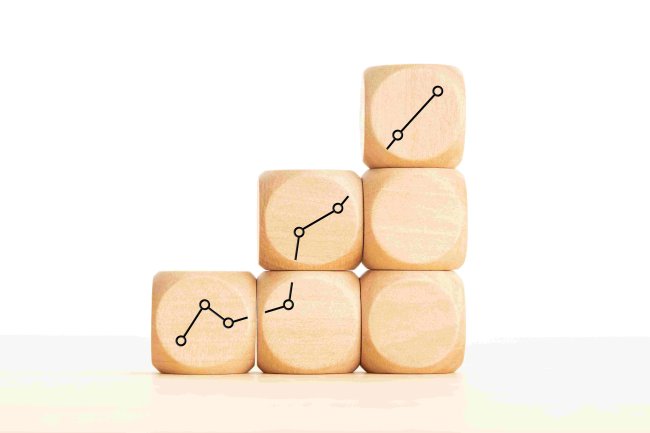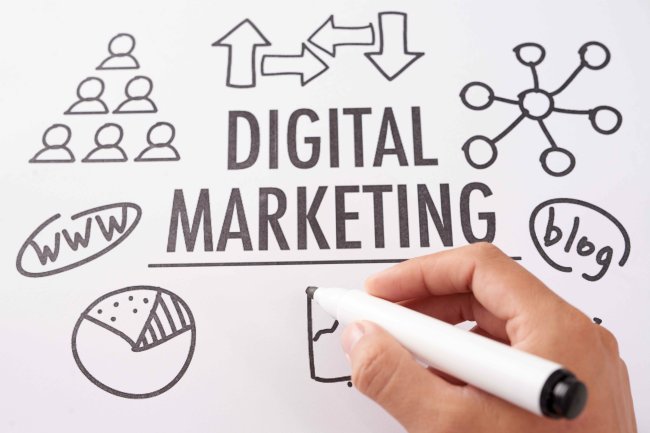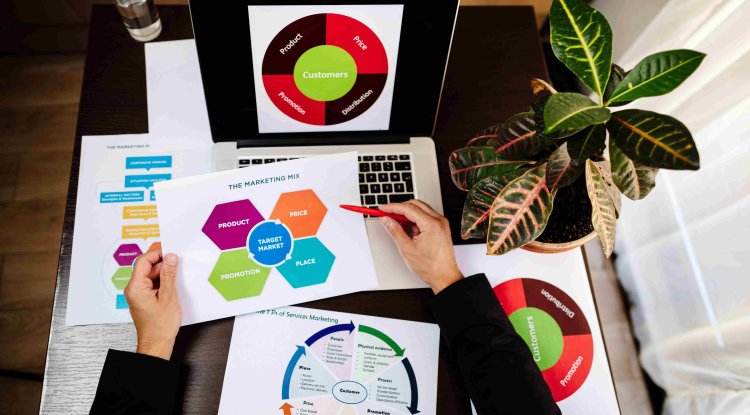Optimizing Marketing Automation Workflows for Maximum Efficiency
Discover effective strategies to optimize your marketing automation workflows for maximum efficiency, ensuring seamless campaign planning, execution, and customization. Learn how to harness automation tools and expert tips to achieve exceptional results in your digital marketing efforts.

In today's fast-paced digital landscape, marketing automation has become a cornerstone for businesses striving to stay ahead of the competition. By streamlining processes and minimizing manual intervention, marketing automation workflows enable marketers to focus on strategic planning and creative campaigns. However, not all marketing automation workflows are created equal. To achieve maximum efficiency and remarkable results, marketers must optimize their automation strategies to suit their unique needs and objectives. In this article, we'll explore effective methods for optimizing marketing automation workflows that drive success.
1. Understanding Your Target Audience
Identifying and segmenting your target audience is crucial for creating personalized and relevant marketing campaigns. By understanding their preferences, pain points, and behaviors, you can tailor messages that resonate and drive engagement. Leverage data from customer interactions, website visits, and previous campaigns to create dynamic and effective automation workflows that address specific audience segments.
2. Streamlining Campaign Planning
Efficient campaign planning is the foundation of successful marketing automation. Start by setting clear campaign goals and outlining the customer journey. Utilize marketing automation platforms that offer visual workflow builders, enabling you to design seamless and intuitive automation sequences. This streamlining process saves time and reduces the likelihood of errors, ensuring a smooth execution.
3. Leveraging Customization Opportunities
Marketing automation platforms provide a wealth of customization options. Leverage custom fields, tags, and triggers to personalize communication with your audience. Tailor content based on their interactions and preferences, which significantly enhances engagement and conversion rates. Customization also allows you to conduct A/B tests, refining your approach for maximum impact.
4. Automated Lead Nurturing
Automated lead nurturing nurtures prospects throughout the sales funnel, gradually building relationships and trust. By sending relevant content at appropriate stages, you can keep prospects engaged and informed. Set up triggers based on user behavior, such as downloads, form submissions, or page visits, to trigger automated nurturing sequences that provide valuable information and encourage conversions.
5. Integrating Data and Analytics
Integrating marketing automation with data and analytics tools is essential for gaining valuable insights into campaign performance. By tracking key performance indicators (KPIs), you can evaluate the success of your automation efforts. This data-driven approach allows you to fine-tune workflows, making informed decisions to optimize future campaigns.
6. Regularly Review and Optimize
Marketing automation is not a "set it and forget it" process. Regularly review and optimize your workflows based on performance metrics and customer feedback. Stay agile and be prepared to make necessary adjustments to stay relevant in a dynamic market.
About Myself:
I am Raghav Chugh, a seasoned digital marketing and technology professional with a passion for driving results through innovative lead generation strategies. With expertise in Campaigns Planning and Execution, Building Automation Tools, Developing Custom Portals in PHP with Backend MYSQL, and Server Management, I have successfully delivered high-quality work in diverse technical environments. My experience in the digital marketing landscape has honed my skills in lead generation for both B2B and B2C businesses, enabling me to achieve exceptional results for clients. Connect with me on LinkedIn to explore opportunities in driving your business growth.
What's Your Reaction?




















